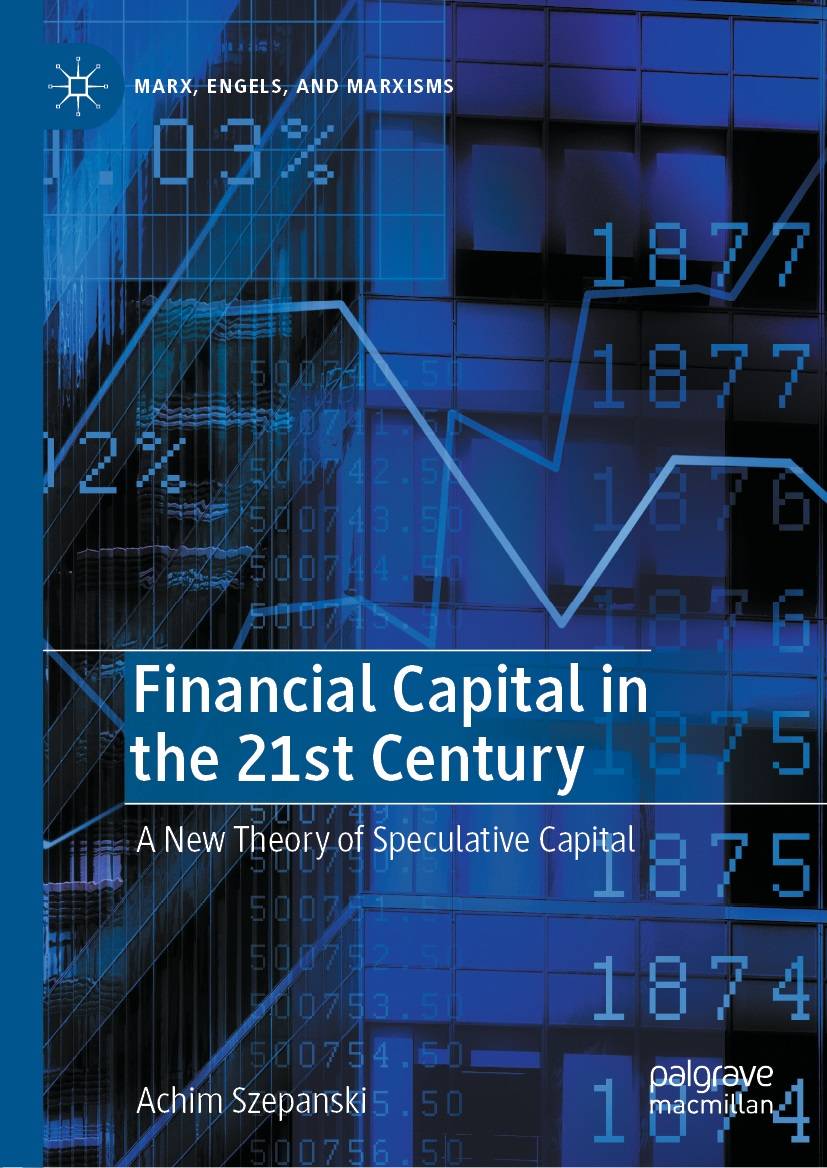The fat years: CentralBanks and The Politics of Quantitative Easing
The term “quantitative easing” (QE) describes measures taken by central banks, such as the permanent purchase of mostly long-term securities and government bonds, which are held by commercial banks, when interest rates are already at zero and an expansive monetary […]
The fat years: CentralBanks and The Politics of Quantitative Easing










